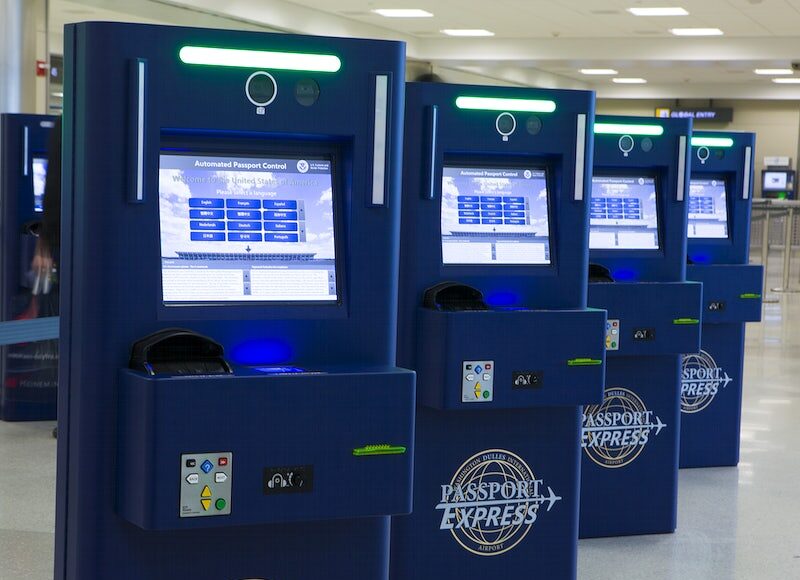In today’s fast-paced world, providing exceptional customer service is paramount to the success of any business. With the advancement of technology, the landscape of customer service is evolving, and one revolutionary method to enhance customer experiences is by integrating kiosks into your service strategy. This article will delve into the concept of digitizing customer service with kiosks, exploring its benefits, implementation strategies, and real-world success stories.
Table of Contents
A Game-Changer
Digitising Customer Service with Kiosks, once primarily associated with information retrieval, have evolved into versatile tools that can streamline customer interactions across various industries. These self-service stations offer an efficient, engaging, and convenient way for customers to access information, place orders, make payments, and receive assistance. By embracing this technology, businesses can significantly upgrade their customer service and create lasting positive impressions.
The Benefits of Incorporating Kiosks in Customer Service
Enhancing Efficiency and Speed
Kiosks empower customers to independently navigate through various service options, drastically reducing waiting times. Whether it’s placing an order at a restaurant, checking into a hotel, or browsing products in a retail store, customers can complete tasks quickly and efficiently.
Personalized Experiences
Through kiosks, businesses can gather valuable customer data and preferences, enabling them to tailor recommendations and offers to individual customers. This personal touch enhances the overall customer experience and fosters customer loyalty.
24/7 Availability
Unlike traditional service models with restricted hours, kiosks offer round-the-clock availability. This is especially beneficial for customers in different time zones or those seeking assistance during non-standard hours.
Reduced Workload on Staff
Kiosks can handle routine tasks, allowing staff to focus on more complex inquiries and providing a higher level of service. This optimization leads to increased employee satisfaction and improved overall service quality.
Data-Driven Insights
By analyzing data collected from kiosk interactions, businesses can gain valuable insights into customer preferences, popular products, and common pain points. This information can drive informed decision-making and strategic improvements.
Implementing Kiosk Solutions Effectively
Conducting a Needs Assessment
Before integrating kiosks, it’s essential to assess your business’s specific requirements. Identify pain points in the current customer service process that kiosks can address effectively.
Choosing the Right Kiosk Software and Hardware
Selecting user-friendly software and durable hardware is crucial. The interface should be intuitive and easy to navigate, ensuring a seamless customer experience.
Staff Training and Customer Education
Proper training for both staff and customers is vital. Employees should be well-versed in operating the kiosks and assisting customers when needed. Customers should feel comfortable using the kiosks and understand their benefits.
Monitoring and Continuous Improvement
Regularly monitor kiosk usage and gather feedback from customers and employees. Use this input to make necessary adjustments and improvements to enhance the overall experience.
Success Stories: Real-World Examples
McDonald’s: Self-Service Kiosks for Ordering
McDonald’s introduced self-service kiosks in their restaurants, allowing customers to customize orders and pay conveniently. This innovation not only reduced waiting times but also led to increased average order values.
Delta Airlines: Check-In Kiosks
Delta Airlines implemented self-service check-in kiosks at airports, enabling travelers to check in, print boarding passes, and even upgrade seats independently. This streamlined process enhanced customer satisfaction and reduced the workload on airline staff.
Conclusion
Embracing the digital revolution in customer service through kiosks offers businesses an opportunity to upgrade their operations and exceed customer expectations. By providing efficient, personalized, and accessible self-service options, companies can create memorable experiences that leave a lasting positive impact. As industries continue to evolve, digitizing customer service with kiosks will remain a pivotal strategy in staying ahead of the curve.















